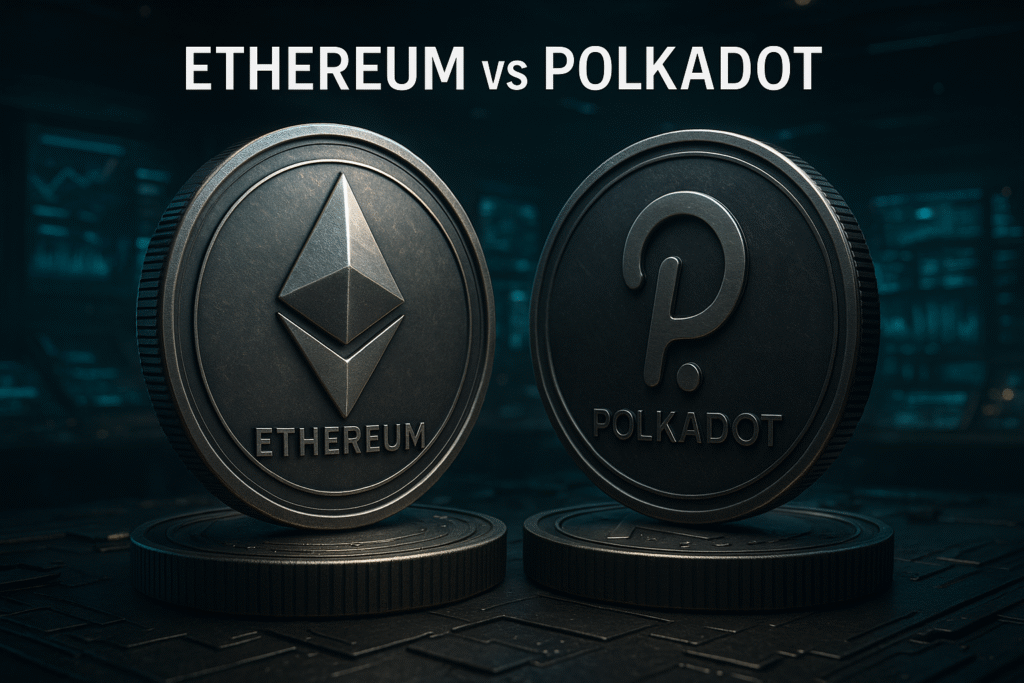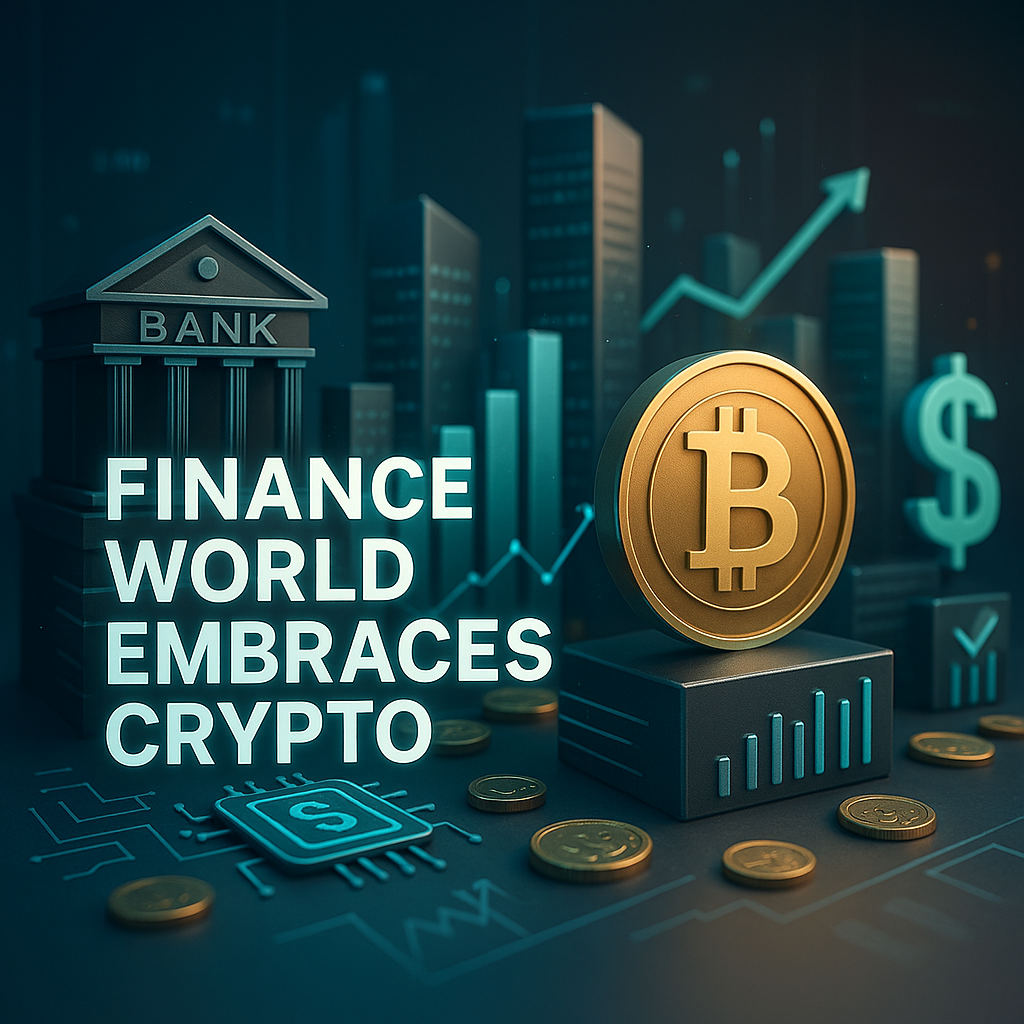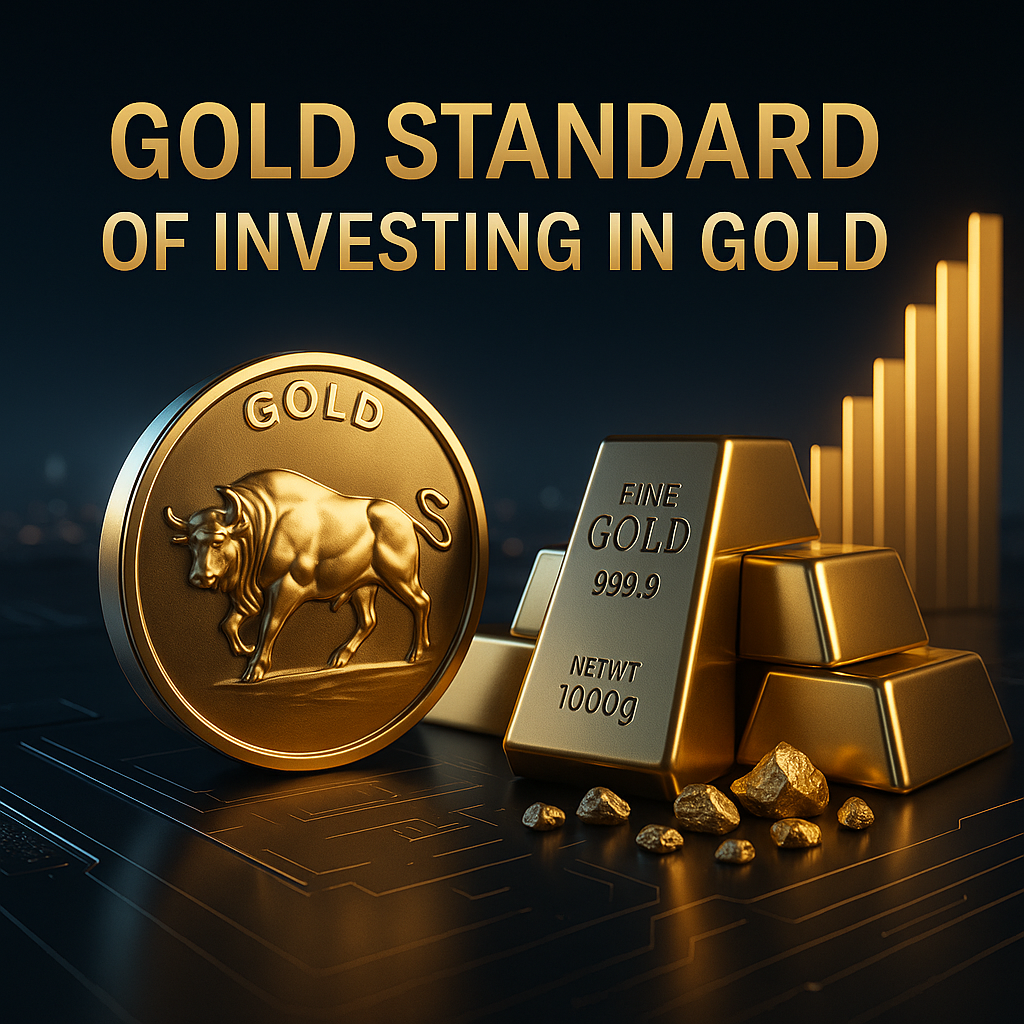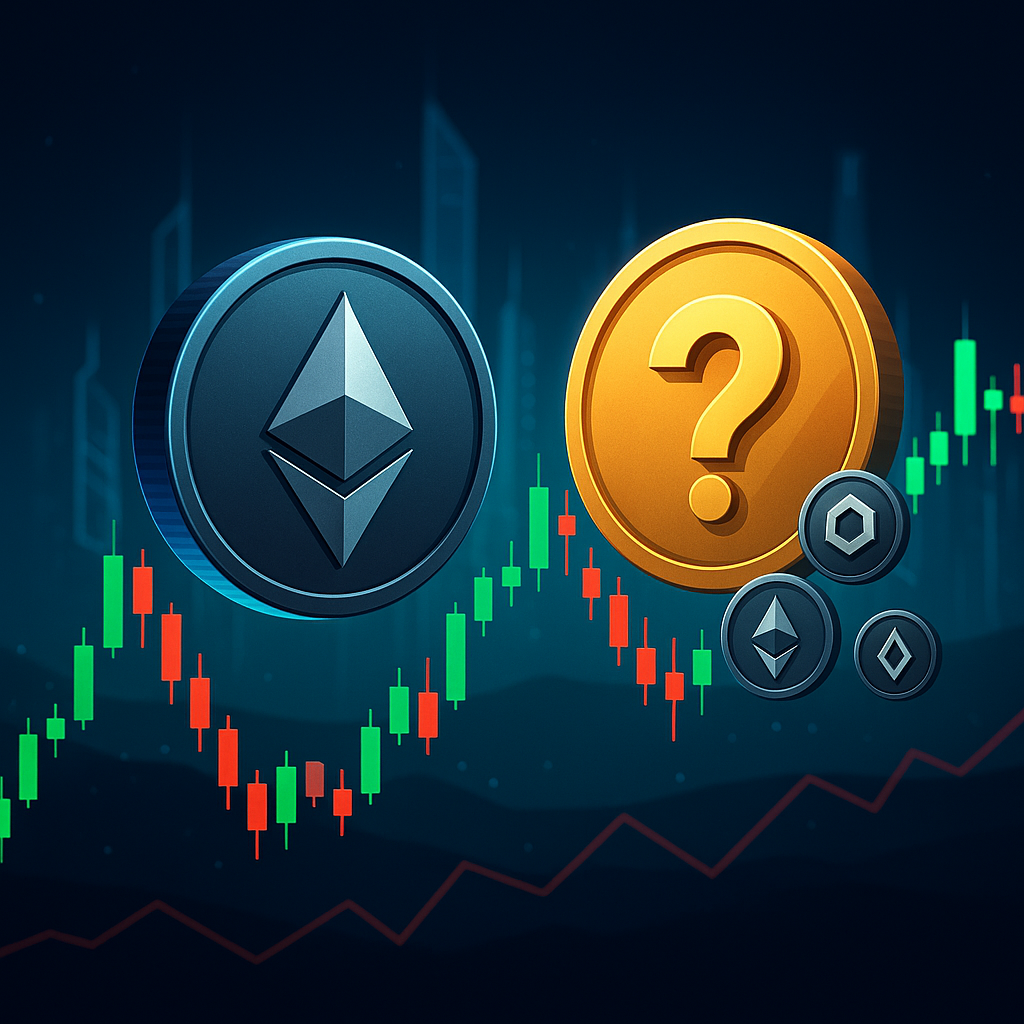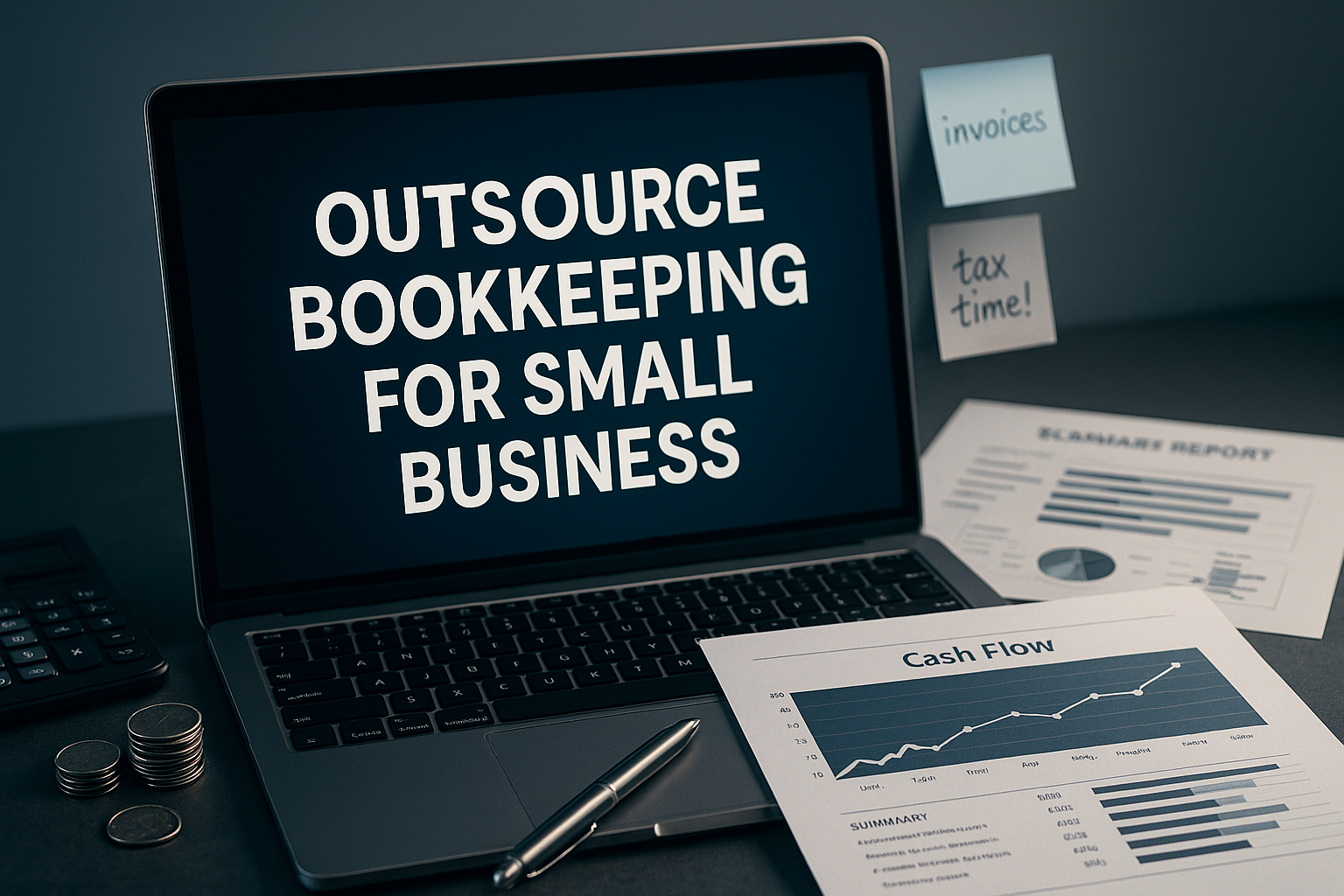Here’s a detailed comparison of ETH vs DOT, Ethereum (ETH) vs Polkadot (DOT) in terms of value appreciation potential, considering technology, use case, adoption, tokenomics, ecosystem strength, and market trends as of 2025.
Ethereum (ETH) and Polkadot (DOT) are both foundational blockchain platforms, but their real-world use cases and corporate integrations differ significantly due to architectural differences and ecosystem maturity.
Ethereum – Actual Use Cases & Business Integration
Ethereum’s strength lies in being the default smart contract platform. It powers the majority of DeFi protocols (e.g., Uniswap, Aave, MakerDAO), NFT marketplaces (e.g., OpenSea, Foundation), and DAOs. Major companies like JPMorgan use Ethereum-based Quorum for enterprise blockchain solutions. Visa has tested USDC settlement on Ethereum, and EY has built privacy-focused supply chain tools using Ethereum’s ecosystem. Most Layer 2 solutions (e.g., Arbitrum, Optimism) also extend Ethereum’s reach by making it scalable for consumer-facing apps.
Ethereum’s EVM (Ethereum Virtual Machine) has become the de facto standard, allowing thousands of developers and startups to build seamlessly across Ethereum-compatible chains. Enterprises leverage Ethereum for tokenizing assets, executing legal contracts, and building decentralized applications in finance, gaming, and logistics.
Polkadot – Actual Use Cases & Business Integration
Polkadot’s value lies in customizable blockchains (parachains). Projects like Acala (DeFi hub), Moonbeam (EVM-compatible chain for Polkadot), and Astar Network (dApp platform in Japan) represent key innovations. Deloitte has explored Polkadot for supply chain solutions, while Energy Web and Chainlink have discussed integrations for data interoperability.
Polkadot shines when businesses need specific chains with tailored governance or logic, such as private consortium chains that still interoperate with public networks. For example, KILT Protocol focuses on decentralized identity and has been explored in digital credentialing systems for enterprises and governments.
1. ETH vs DOT: Vision & Core Use Case
Ethereum (ETH)
Vision: World’s decentralized computing platform — a “world computer” with smart contracts and dApps.
Core Use Case: DeFi, NFTs, DAOs, tokenized assets, etc.
Unique Edge: First-mover advantage, composability of apps, and huge developer base.
Polkadot (DOT)
Vision: A multichain ecosystem where blockchains (parachains) can operate independently but connect via a shared security layer (Relay Chain).
Core Use Case: Interoperability, scalability, and specialized blockchains.
Unique Edge: Parachain model with shared security and interchain messaging.
2.
ETH vs DOT:
Technology & Architecture
Ethereum
Consensus: Proof of Stake (since Merge).
Scalability: Roadmap includes Danksharding, rollups, and Layer 2s (Optimism, Arbitrum).
Challenges: High fees (still an issue for L1), congestion during peak usage.
Polkadot
Consensus: Nominated Proof of Stake (NPoS).
Scalability: Parachain architecture enables parallel execution.
Interoperability: XCMP protocol allows seamless data and asset transfers across chains.
Analysis: Polkadot is more modular and scalable by design, but Ethereum has broader support and momentum for its L2 ecosystem.
3.
ETH vs DOT:
Developer & Ecosystem Strength
Ethereum
Largest smart contract developer ecosystem.
Backed by major L2s, protocols (Uniswap, Aave), institutional adoption.
4000 active developers as of 2024.
Polkadot
Developer-friendly tools (Substrate).
~2nd or 3rd largest ecosystem after Ethereum and Solana by development activity.
Parachain projects (Moonbeam, Astar, Acala) still maturing.
Analysis: Ethereum has stronger developer activity and more real-world apps deployed. Polkadot has strong tools but fewer high-traction apps.
4.
ETH vs DOT:
Tokenomics & Supply Dynamics
ETH
Burning Mechanism: EIP-1559 burns base fees; net deflationary at times.
Use Case: Gas, staking, store of value.
Supply: ~120M ETH (declining or flat).
DOT
Inflationary Token: ~10% annual inflation.
Use Case: Governance, bonding for parachain auctions, staking.
Supply: ~1.3B DOT (constantly increasing).
Analysis: ETH has stronger long-term value preservation due to deflationary design. DOT’s inflation could suppress price unless counterbalanced by demand growth.
5.
ETH vs DOT:
Market Sentiment & Adoption
Ethereum
Institutional trust, ETFs expected.
Backbone of DeFi/NFTs even during downturns.
ETH L2s (Base, Arbitrum, Optimism) gaining traction.
Polkadot
Highly respected in dev circles.
Limited retail attention.
Parachain auctions created short-term hype but lacked sustained user growth.
6.
ETH vs DOT:
Price Action & Valuation Potential (2025+)
| Metric | Ethereum (ETH) | Polkadot (DOT) |
|---|---|---|
| ATH Price | ~$4,878 | ~$55 |
| Current Price | ~$2,000 (mid-2025) | ~$4 |
| Potential in Bull | $8,000–$10,000 | $20–$40 (optimistic case) |
| Market Cap Rank | #2 | ~#14–#20 |
| Realistic ROI | 4x–5x | 5x–12x (more speculative) |
| Risk Level | Lower | Higher |
| Upside Potential | Strong & stable | High if parachain adoption surges |
Conclusion:
ETH vs DOT:
Which Has More Value Appreciation Potential?
Ethereum (ETH)
Stronger fundamentals, adoption, and institutional tailwinds.
More reliable value appreciation due to deflation, L2 expansion, and continued role as Web3 infrastructure.
Best for moderate-growth, lower-risk portfolio core.
Polkadot (DOT)
Offers higher speculative upside if parachain adoption and interchain protocols (like XCMP, Snowbridge) succeed.
Valuation still below ATH, with greater room to grow percentage-wise.
Best for higher-risk, asymmetric upside in a diversified crypto portfolio.
Disclaimer: This is not financial advice. Always consult a professional and do your own research before making investment decisions.

